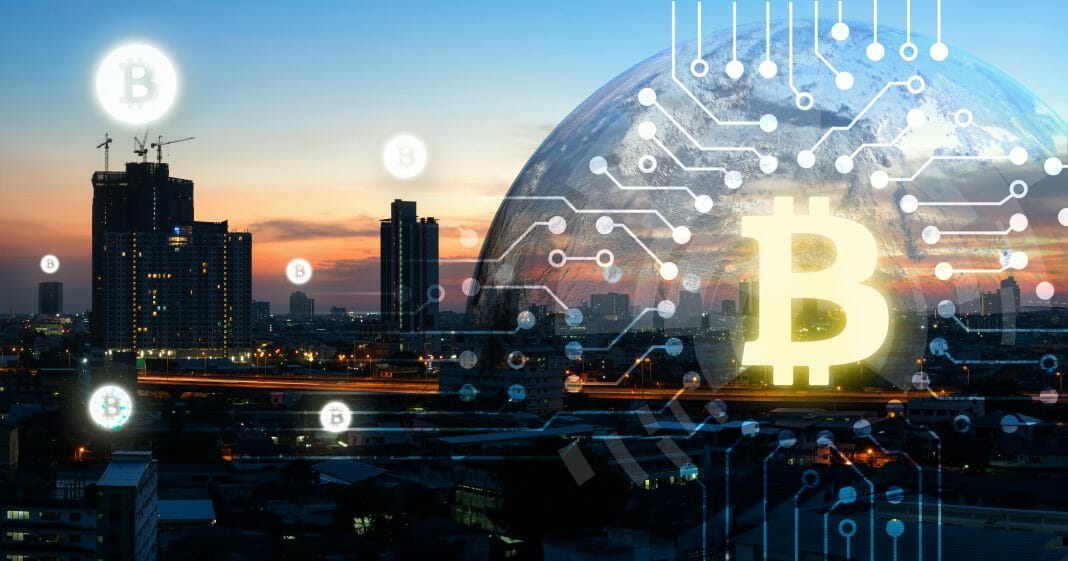Applications of the blockchain technology to the benefit of societies and communities have been, fortunately, growing in number in recent times. This time, the power generation industry is the one reaping the benefits of the model.
KEPCO, which is South Korea’s biggest and most prominent power providing company, will make use of the blockchain model, as well as other possible solutions and approaches, to develop its next-generation MG, or microgrid. The piece of news was made public thanks to a press release by the company on Monday.
For reference, a microgrid represents a network of electricity users, usually of a small size. It has a local source of supply that is often attached to a centralized national grid but with the ability to perform its operations independently.
The Introduction of Open MG
The resulting product will be called “Open MG,” and it will make use of some of the main features of the blockchain, as well as other technologies, with the intention of optimizing and improving energy infrastructure for the South Korean hydrogen economy.
The enterprise will focus its attention to three elements, primarily: decentralization, decarbonization, and digitalization; identified in the press release as the three crucial “trends” that will mark the future of energy in the planet.
The Open MG initiative will make use of additional fuel cell as a power source to remain sustainable and maintain efficiency while relying in the system itself for energy. One of the primary intentions is lowering the emission of greenhouse gases, according to a company representative. The MG will get the best of international standard technology to avoid system bottlenecks and remain interoperable.
Previous microgrids have struggled in their quest to provide stable energy because they are mostly made of small PhotoVoltaics (elements implemented to create solar power), energy storage systems (ESS) and Wind turbines (WTs.)
The plan is for the company to produce and develop the Open MG platform at a national scale. The firm intends to make the country’s first mega-wattage (MW)-scale microgrid, an ambitious proposal that will feed some of the benefits of blockchain technology.
To try to follow its outlined objectives, KEPCO has formed several strategic alliances: among them are the Mitsubishi UFJ Bank from Japan, IT company Nihon Unisys, and the University of Tokyo. The latter partnership’s goal is to complete a research project about implementations and uses of the blockchain technology for “distributed electricity supply.”
The development comes as no surprise since South Korea has shown to be one of the most open-minded nations when it comes to blockchain implementations. Such is the position of the model in the country’s priority list that government officials recently announced that the budget for 2019 would triple that of 2018 to hone the blockchain and distributed ledger technology (DLT) industry next year.
A Little more about KEPCO
KEPCO (Korea Power Electric Corporation) is an electric utility company headquartered in South Korea. It generates, transmits, and distributes energy while also developing electric power projects. The enterprise generates more than 90 percent of the nation’s energy.
By Andres Chavez











